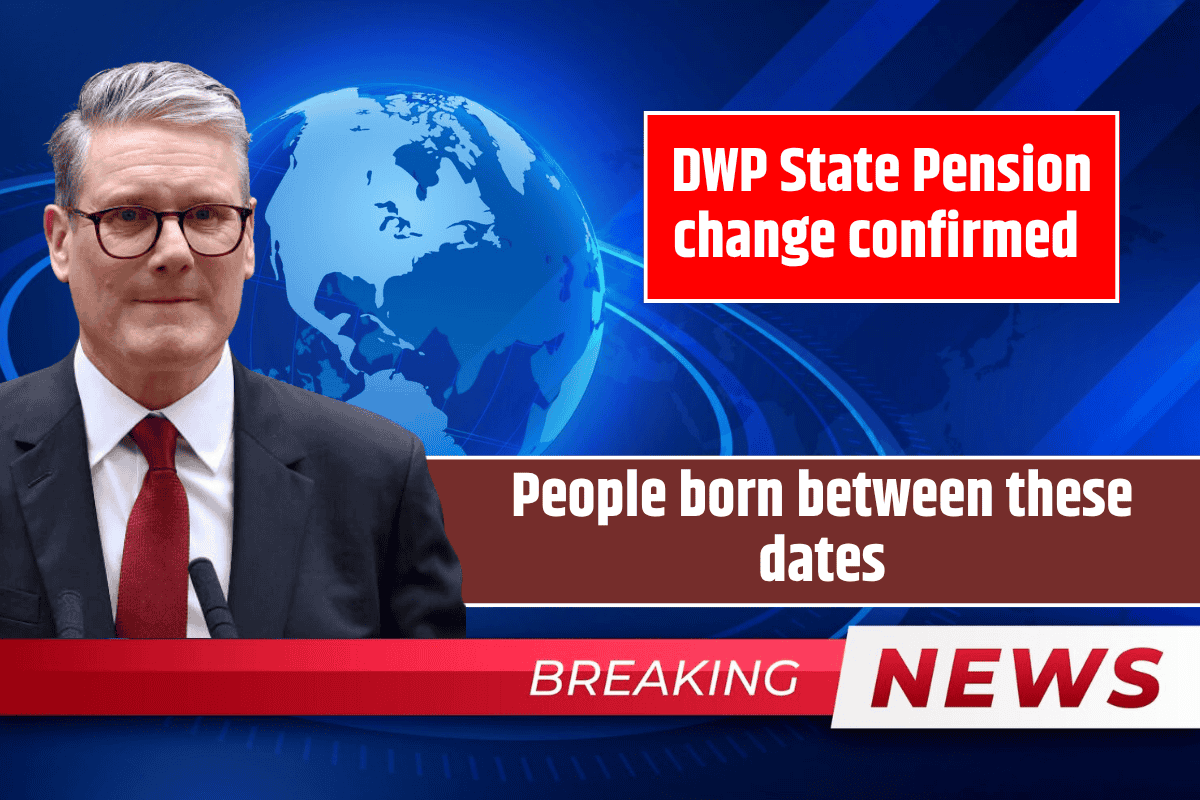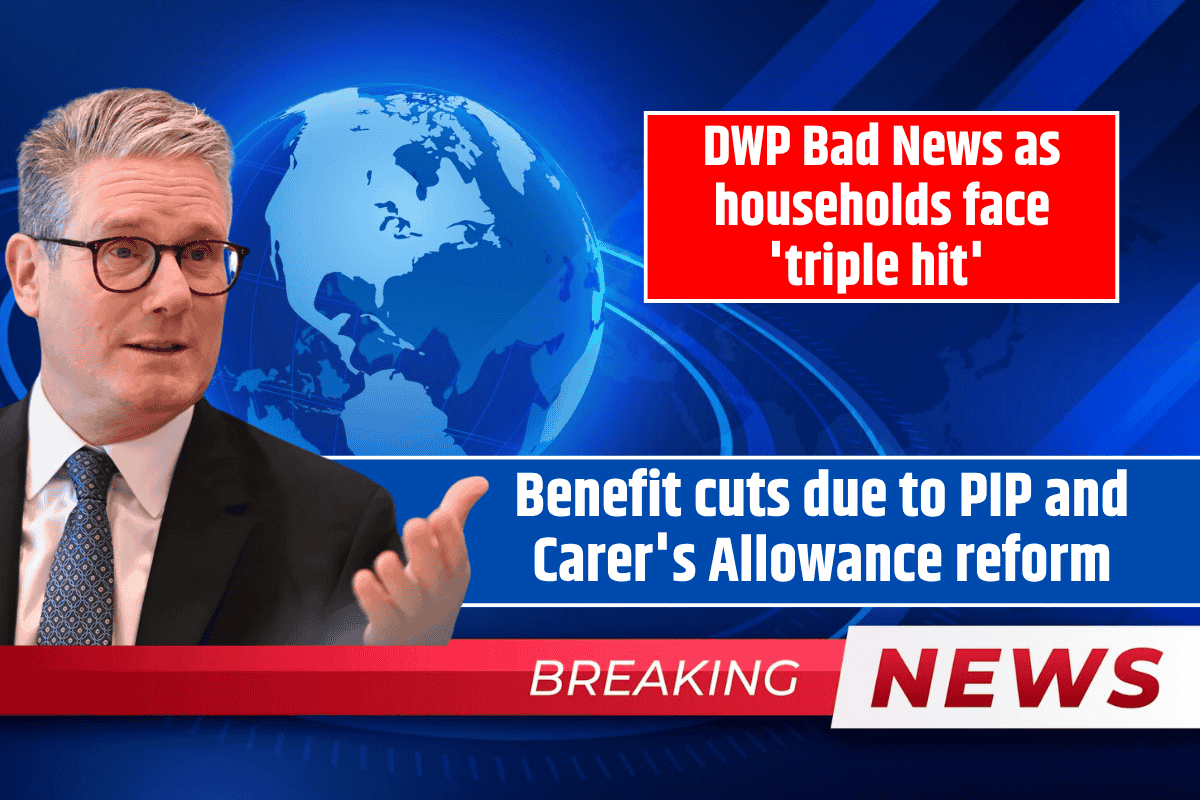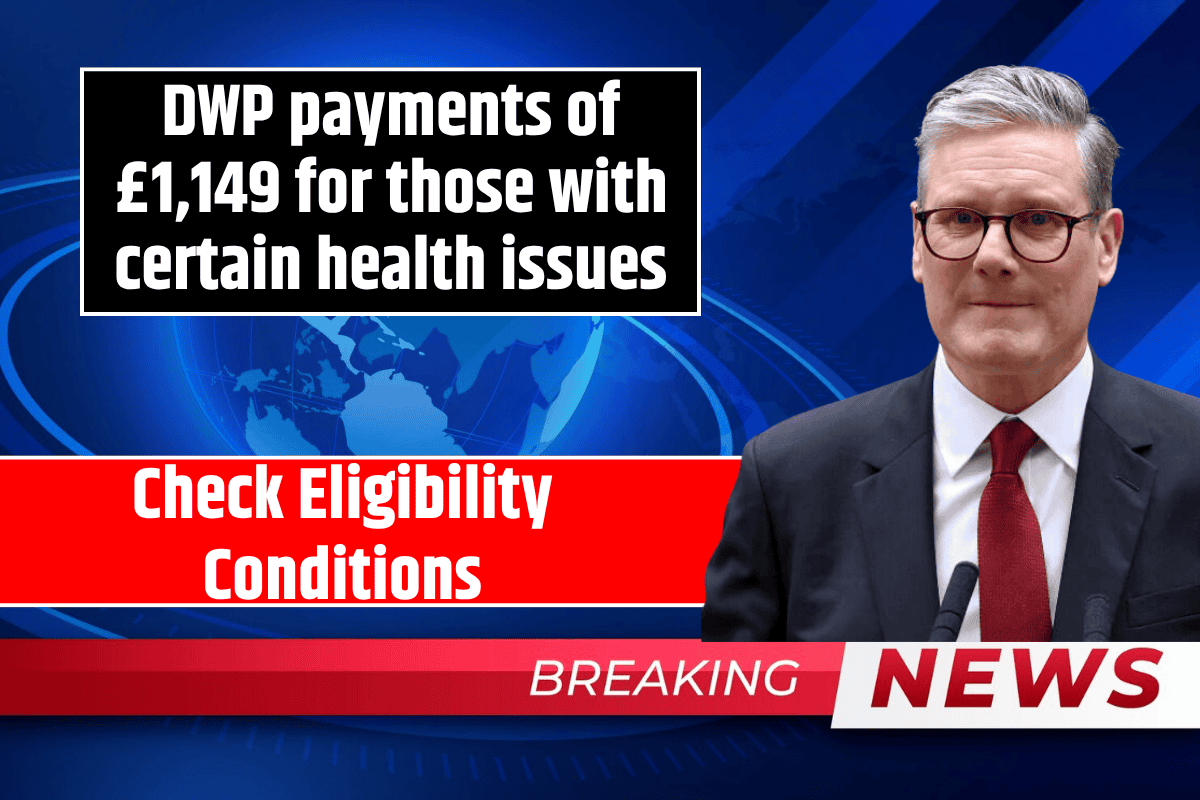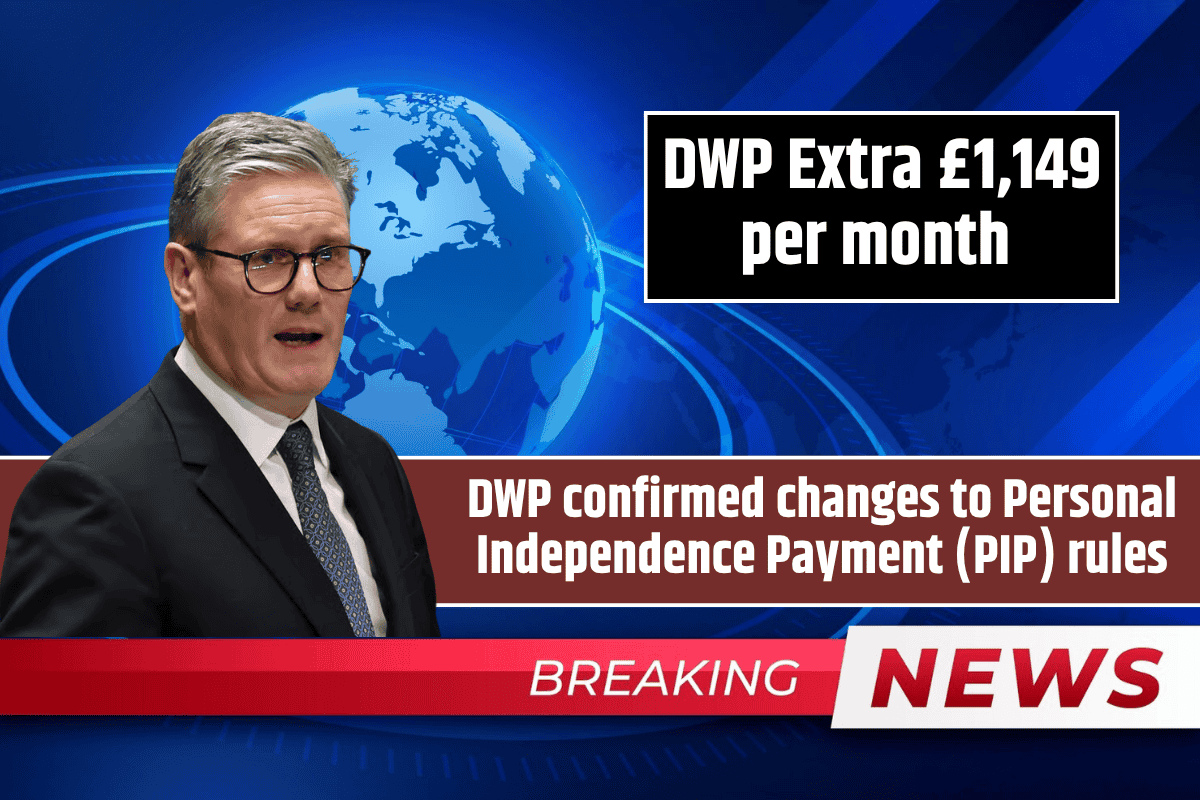The Department for Work and Pensions (DWP) is calling on individuals born between specific dates to verify their State Pension eligibility date using the online checker on GOV.UK. The next significant change to the State Pension age is set to take place next year, with the State Pension age transitioning from 66 to 67. This change will affect both men and women across the UK, and it will be fully implemented by 2028.
These upcoming adjustments have been statutory since 2014, and another rise in the State Pension age from 67 to 68 is expected between 2044 and 2046. To ensure you’re prepared for these changes, it’s important to use the online tool to check when you can begin receiving your State Pension.
Key Dates and Changes to the State Pension Age
The DWP recently posted on X (formerly known as Twitter) urging those born between 6 April 1960 and 5 March 1961 to check their State Pension age online.
-
For individuals born on 6 April 1960, they will reach the State Pension age of 66 on 6 May 2026.
-
Those born on 5 March 1961 will hit the State Pension age of 67 on 5 February 2028.
For more details, individuals can easily check their personal State Pension age using the online checker on GOV.UK.
How These Changes Affect Your Retirement Planning
As the State Pension age increases, particularly with the move from 66 to 67, it’s vital for individuals to stay informed and adjust their retirement strategies accordingly. Those who are impacted by these changes will receive official notification in the form of a letter from the DWP well ahead of the new pension age.
Additionally, according to the Pensions Act 2014, the State Pension age will be reviewed every five years to reflect life expectancy and other relevant factors. The next review, which could see further changes, is expected to occur before the end of this decade. This could lead to additional modifications, such as the previously proposed rise from 67 to 68, slated for between 2044 and 2046.
Check Your State Pension Age
The State Pension age is the earliest age at which an individual can start receiving their State Pension. It is important to know that the State Pension age may differ from the age you can begin receiving other types of pensions, like a workplace or personal pension.
Anyone, regardless of their current age, can use the online tool available on GOV.UK to check:
-
When you will reach your State Pension age.
-
Your Pension Credit qualifying age.
You can check your State Pension age online here.
State Pension Payments for 2025/26
For those who are planning their retirement, here’s a summary of the State Pension payments for 2025/26:
-
Full New State Pension:
-
Weekly payment: £230.25
-
Four-weekly payment: £921
-
Annual amount: £11,973
-
-
Full Basic State Pension:
-
Weekly payment: £176.45
-
Four-weekly payment: £705.80
-
Annual amount: £9,175
-
Projected Increases in the State Pension
The Labour Government has committed to maintaining the Triple Lock on State Pensions for the duration of its term. Predictions for future increases show:
-
2025/26: 4.1% increase (forecast: 4%)
-
2026/27 to 2029/30: 2.5% annual increase
Recent reports, such as from Royal London, indicate that about half of the retirees receiving the New State Pension in the past year did not get the full weekly amount, with approximately 150,000 people receiving less than £100 per week.
What You Need to Know About State Pension and Taxation
Tax matters for pensioners are a key concern as the Personal Allowance remains fixed at £12,570 for the 2025/26 fiscal year. However, it’s important to know that individuals who are entirely reliant on their State Pension will not be taxed on their pension income.
Those with additional income, such as earnings from savings or investments, may need to pay taxes. Tax payments are done retrospectively, so if your 2025/26 income pushes you over the tax-free limit, the HM Revenue and Customs (HMRC) won’t issue a tax bill until July 2026.
How to Get the Full New State Pension
To receive the full New State Pension, you typically need to have at least 10 qualifying years of National Insurance (NI) contributions. To get the full amount, you need 35 years of contributions. These years don’t need to be consecutive, so gaps in your record may be filled if eligible for NI tax credits, for example, if you were sick, unemployed, or took time off to raise a family or care for a loved one.
Alice Haine, a personal finance analyst at Bestinvest by Evelyn Partners, explains that filling gaps in your National Insurance record can be costly. However, it’s important to assess whether you need to buy back missing years based on how many more years you plan to work and whether you are eligible for NI tax credits.
The HMRC’s new NI payment services launched in April 2024 make it easier to check for gaps in your National Insurance record and pay them online. It’s crucial not to overpay for extra years that you don’t need, as those funds are non-refundable.
As the State Pension age gradually increases, it’s essential to stay informed about your specific eligibility date. By using the online tool on GOV.UK, you can easily check your State Pension age and plan accordingly. It’s also important to ensure that your National Insurance contributions are up-to-date to maximize your State Pension entitlement.
The Labour Government’s commitment to the Triple Lock on pensions provides some certainty for retirees, but it’s crucial to be aware of any potential tax implications and keep track of future State Pension reviews.
FAQs
1. When will the State Pension age change?
The State Pension age is set to rise from 66 to 67 starting in 2025, with full implementation expected by 2028. Further increases are planned between 2044 and 2046.
2. How can I check my State Pension age?
You can check your State Pension age by using the online tool available on GOV.UK.
3. Will I be taxed on my State Pension income?
If you are solely reliant on your State Pension, it is not taxable. However, if you have additional income, such as savings or investments, you may need to pay taxes.
4. How can I get the full New State Pension?
To get the full New State Pension, you need 35 qualifying years of National Insurance contributions. If you have gaps, you can make extra payments to fill them, but it’s important to only pay for the years you need.
5. What is the Triple Lock on pensions?
The Triple Lock guarantees that the State Pension will increase each year by the highest of 3%, average earnings growth, or inflation. The Labour Government has pledged to maintain this during its term.













The state penison is not good enough it wants to be more money a month a lot more money.
Everyone else should get it falls in the same year.